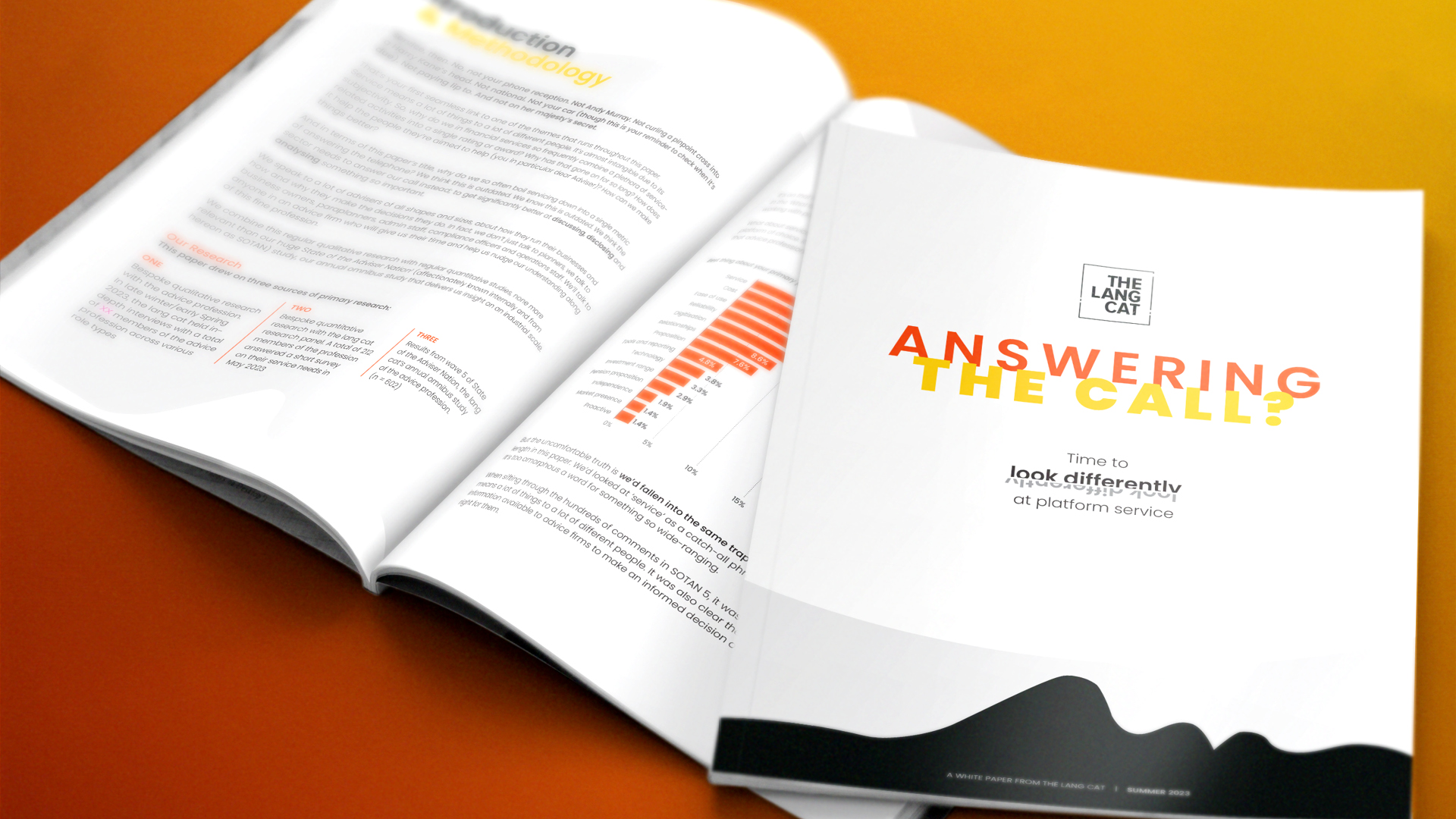Hello, hello, hot, isn’t it? Well, it is today; where today is the day I’m writing this, which is not necessarily the day you’re reading it. Such is the nature of producing stuff on the online internet superhighway; you can read it when you like, sort of thing. It might not be hot when and where you read it. But that’s OK. Variety is good, except the sort you have to sit through at royal command performances.
In unrelated news, Raymond James is an interesting proposition for advisers. For some time it has had two pricing structures – one with very low ongoing charges of 15bps and high trading charges of £27, and one with a more modest 25bps ongoing charge and trading costs of £12.50.
To this it has now added a third option, a flat ongoing charge of 33bps with trading costs included. Unusually, this includes securities as well as mutual funds – so effectively free share trading. This creates a veritable smorgasbord of options. But which of the three flavours of sursild is most appetising?
EDIT: I should have pointed out (and thanks to David Ferguson at Nucleus for reminding me) that this is ISA/GIA only. If you’re needing a SIPP, RJIS links to lots of them, but the charges for the wrapper will be on top.
We allowed for 7 trades a year (just a modest allowance as many of the RJIS users we know try to keep trading volumes low to make the most of low ongoing costs). Taking that plus the ongoing costs, here’s how it looks:
|
Portfolio size |
£50k |
£100k |
£200k |
£500k |
£1m |
£2m |
£5m |
|
RJIS 1 |
0.33% |
0.33% |
0.33% |
0.33% |
0.33% |
0.33% |
0.33% |
|
RJIS 2 |
0.63% |
0.39% |
0.27% |
0.20% |
0.17% |
0.16% |
0.15% |
|
RJIS 3 |
0.43% |
0.34% |
0.29% |
0.27% |
0.26% |
0.25% |
0.25% |
In our table, version 1 is the 33bps, v2 is the 15bps/ã27 shape and v3 is the 25bps/ã12.50 shape.
So what we see is that at low portfolio sizes – up to £100k – the new shape is boss. 33bps is not bad generally; not market leading but reasonable for those smaller pots. Above £100k and up to £500k it’s option 2 but only just – if you were trading more frequently option 3 would probably be a winner. And above £500k you’d be nuts or a very active trader not to pick option 2.
I’m a fan of what RJIS has done here. It is a bit complicated to pick your way through, but RJIS tells me that it’ll do its level best to help advisers choose, client by client, which shape is best. It doesn’t mind advisers mixing and matching.
It seems to me that this is sort of what suitability should be about. RJIS has a proposition that’s good for smaller portfolios. It has one that’s good for very large portfolios. And in the middle there’s a choice which is driven by the firm’s trading pattern. And an enlightened view of ‘pick whichever is right for the client’ seems to me to be the right kind of thing. The shapes themselves aren’t all that innovative; the way of combining them is – and it’s this kind of creativity that keeps things moving along.
We’ll reflect RJIS and its many wacky models in the next version of the Pricing Guide, which’ll be out soon; give us a shout if you want to know more.





